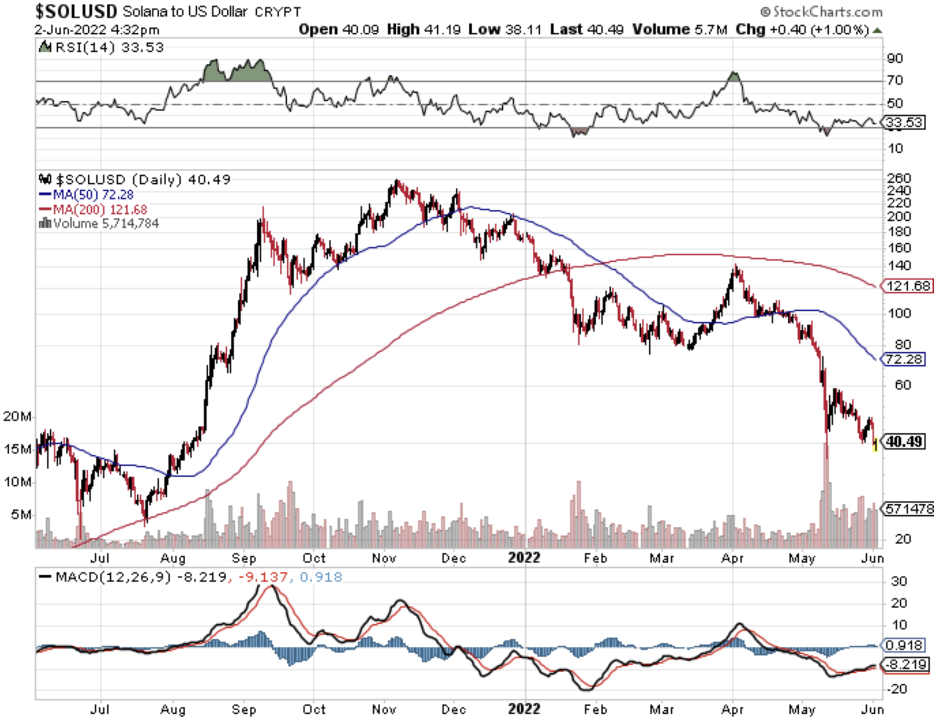One of the first requirements to be anointed as a major cryptocurrency is to not be off.
This might seem highly intuitive, but many cryptocurrencies haven’t solved this one yet.
When a whole coin network is offline then the incremental investors look over to the greener pastures on the other side of the fence and ponder if it’s worth paying a higher premium for something that stays on.
Bitcoin can’t be turned off. Invest accordingly.
According to the Bitcoin Uptime Tracker, the Bitcoin network has been functional for 99.98742319836% of its lifetime.
I would consider that quite positive, even more so when I look at just what happened to altcoin Solana (SOL) which has been bundled routinely into the top 5 cryptocurrency conversation.
The Solana network has been plagued by a number of outages and it's been estimated that the proof-of-stake (PoS) blockchain has been down a total of eight times.
Each of these 8 times, the network suffers a massive loss of trust and confidence.
When an investor can’t get in touch with its capital on a network, that’s when full stop panic mode occurs.
It dumps insult to injury as the price has already tanked from $260 to $40 today.
Solana’s blockchain lost operational activity for over seven hours.
Solana’s development team has formally acknowledged some of the issues it was dealing with and how it “degraded performance.”
The team blamed “high compute transactions, which is reducing network capacity to several thousand transactions per second.”
Like many of the cloud companies plan for higher data usage by integrating more cloud data centers, the developers at Solana aren’t pre-emptively planning for bottlenecks.
That screams amateurism.
An investor must ask if this is the type of coin or network you want to put significant amounts of money on, and the answer is clearly no.
Only a fool would touch Solana even with its lofty $14 billion market cap.
Of course, with Solana going down again, the backlash has been relentless.
Many have joked if this is another Terra/Luna bankruptcy debacle even if Solana isn’t a stable coin.
Meanwhile, this gives credence to why investors should look to other coins such as ETH, XRP, and cardano (ADA).
Then there is the pure asset depreciation from being offline and SOL lost 9.9% in value against the U.S. dollar.
Coinbase also reported on Solana’s latest outage and noted that the exchange had to disable send and receives on the network.
Following last month's outage, one of Solana's recent improvements was supposed to resolve the network's congestion difficulties.
It’s not a secret that instead of a significant network update, the inverse has happened, and the Solana network issues have gotten worse.
Even worse, the repeated solutions appear to be mere stopgap measures with a high possibility of happening again.
These are terrible optics for a beleaguered crypto coin at a time when the entire industry is on the back foot.
The bellwether crypto coin Bitcoin has lost over half of its value triggering talks of a crypto winter.
Then mix in various implosions, developer mistakes, and high energy costs making crypto unprofitable to miners and there is a lot of negativity coalescing inside the industry.
In short, stick with the strongest cryptocurrencies namely Bitcoin and Ethereum, and don’t stray much further than that unless you are prepared to take a zero.




